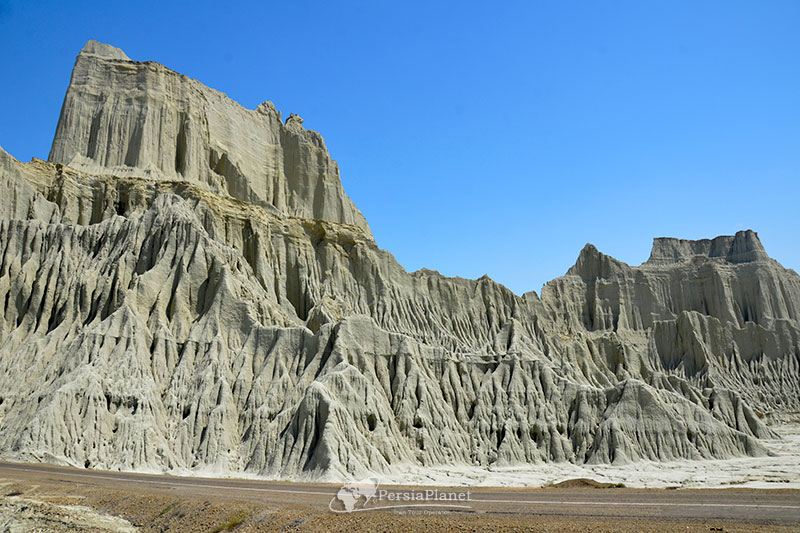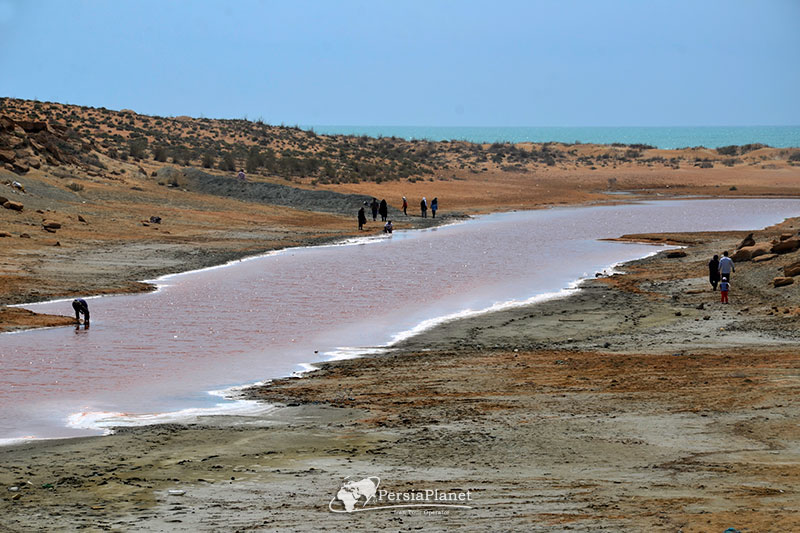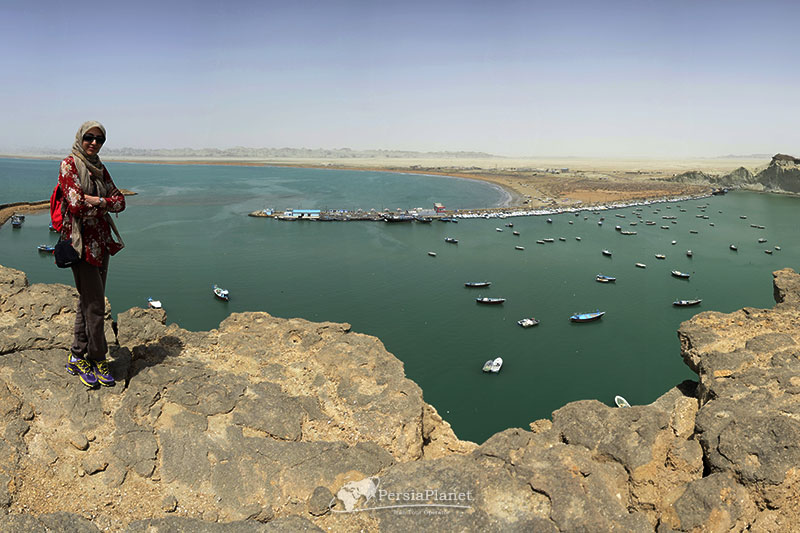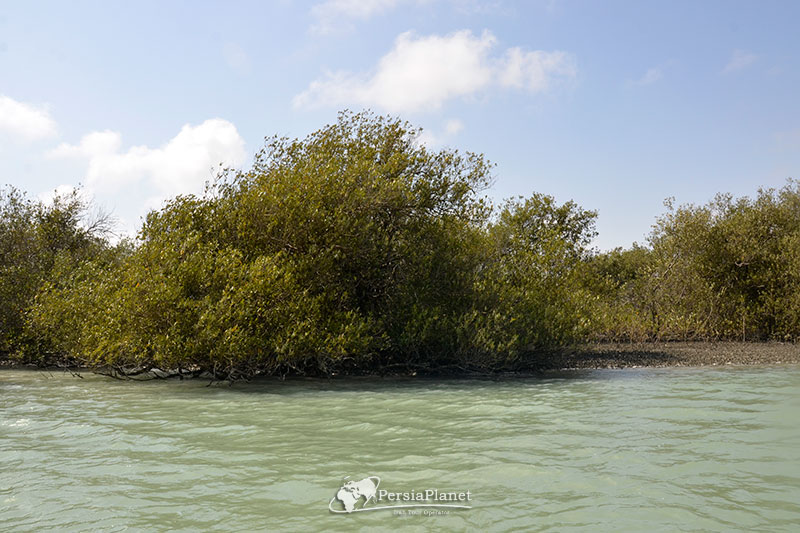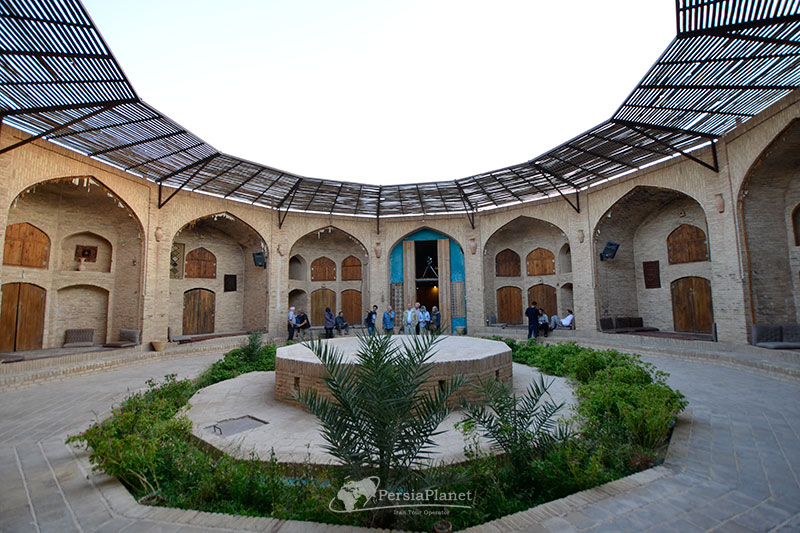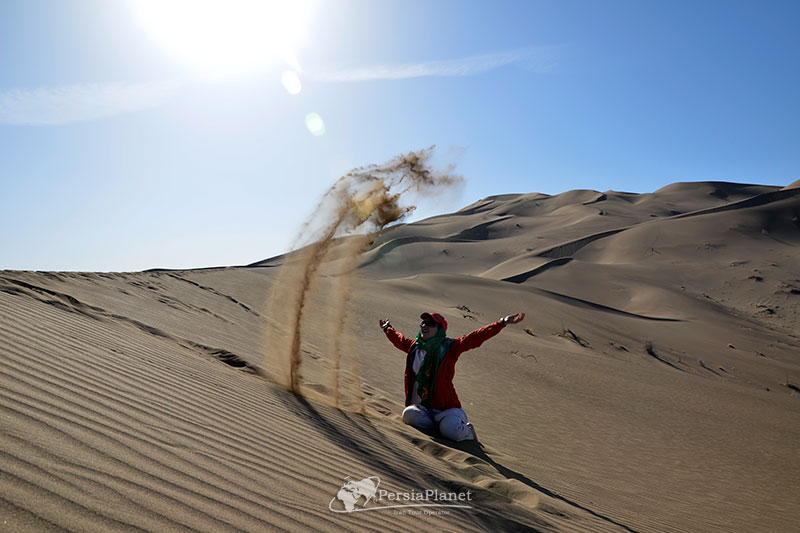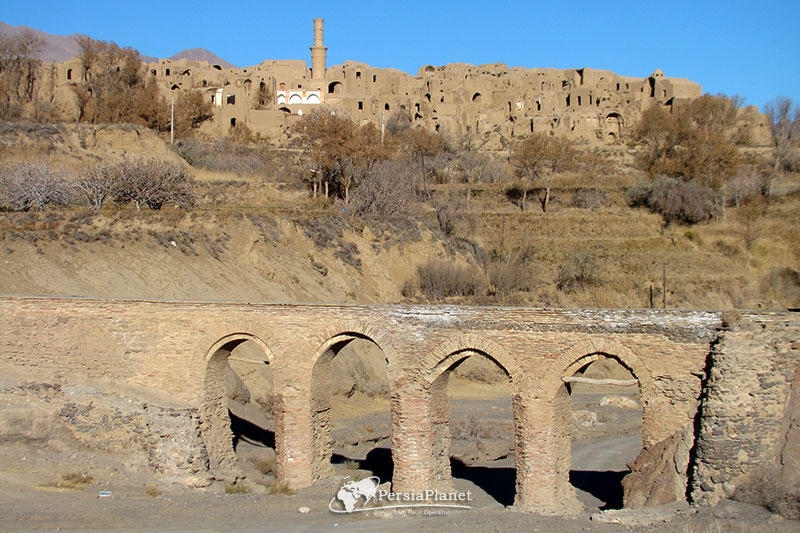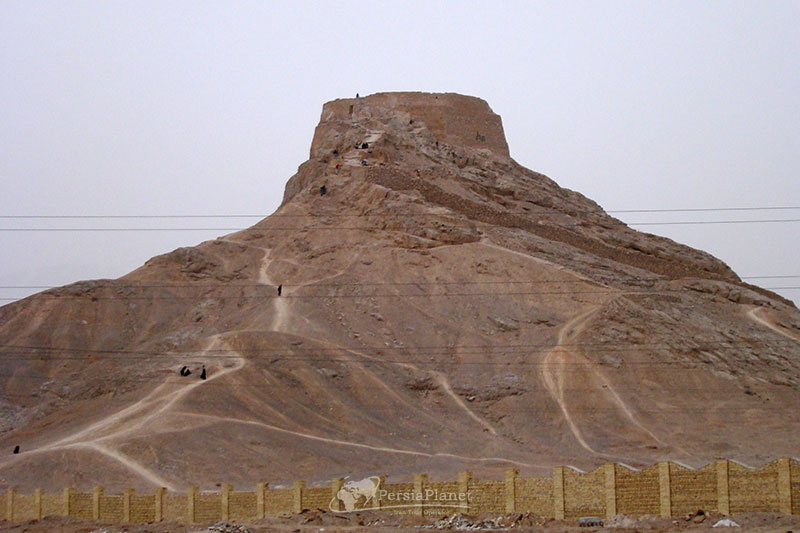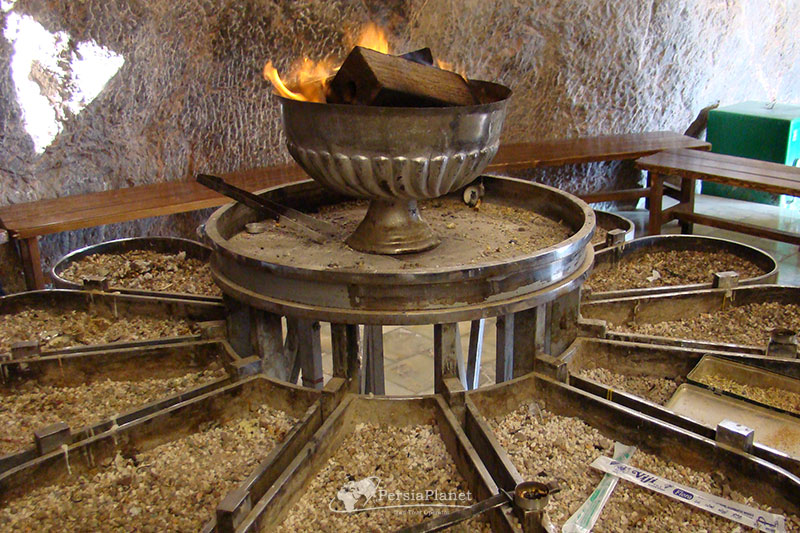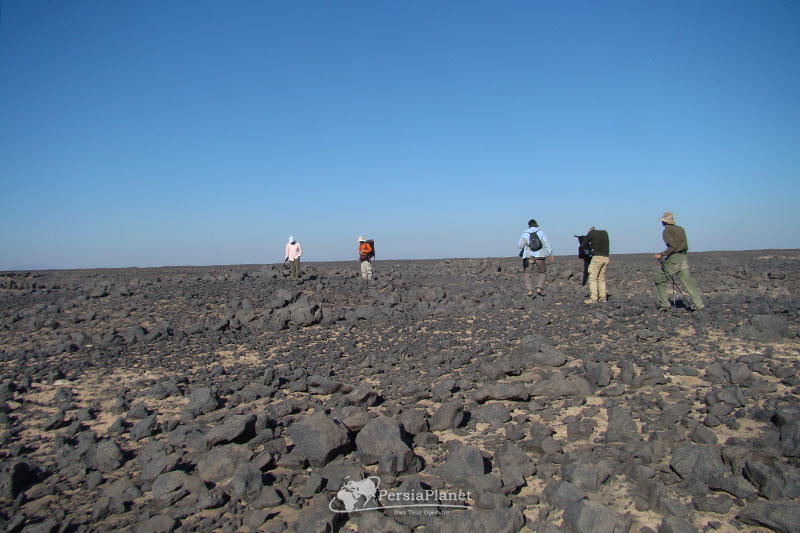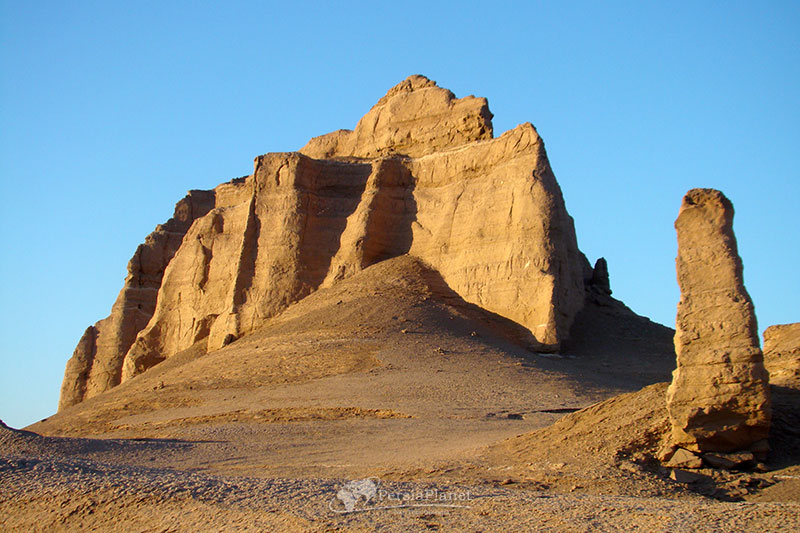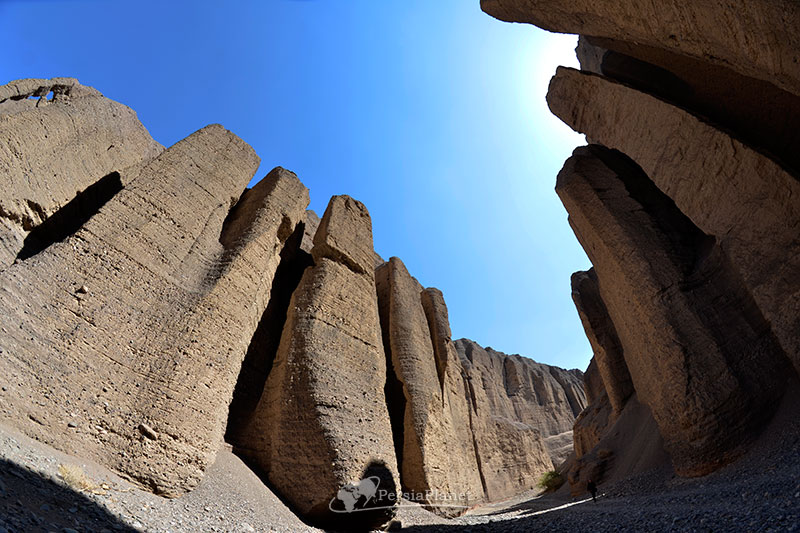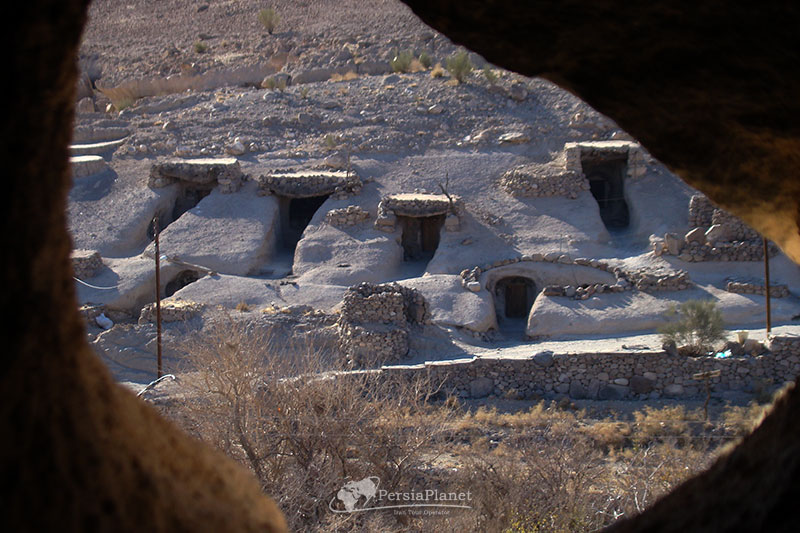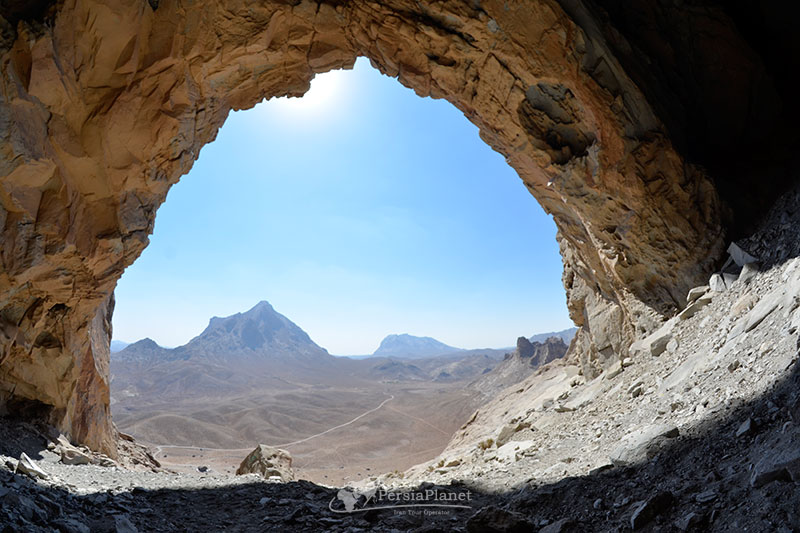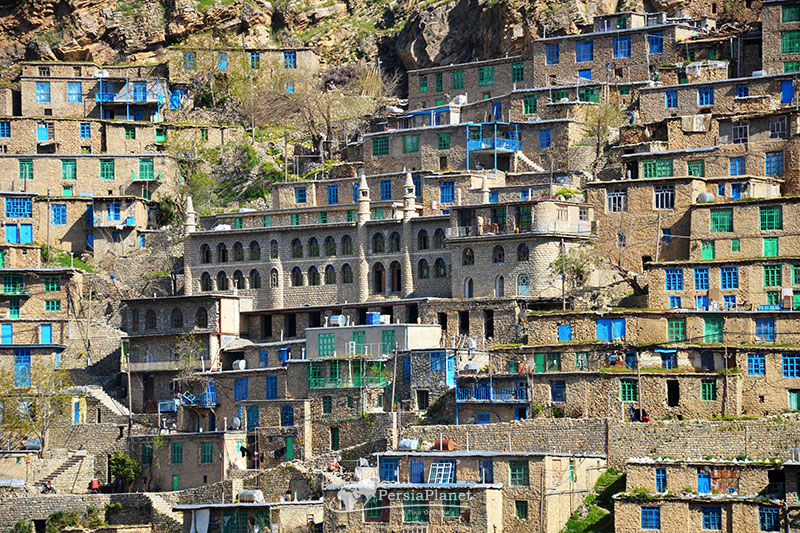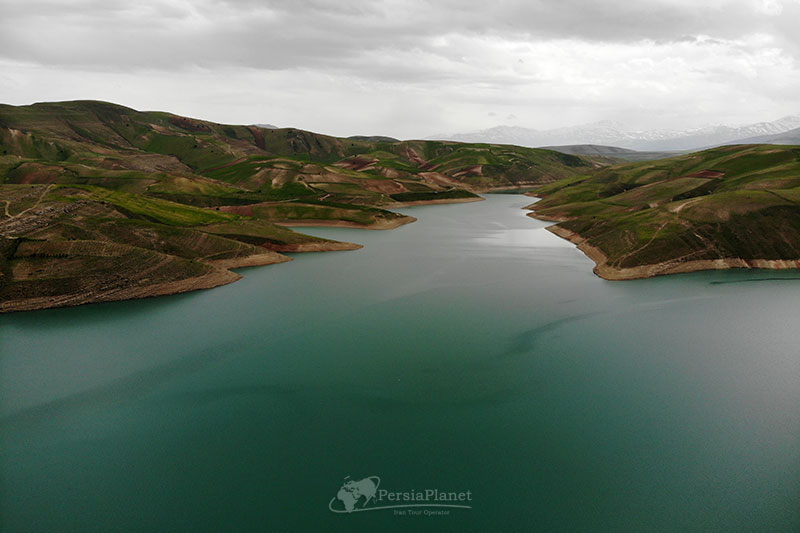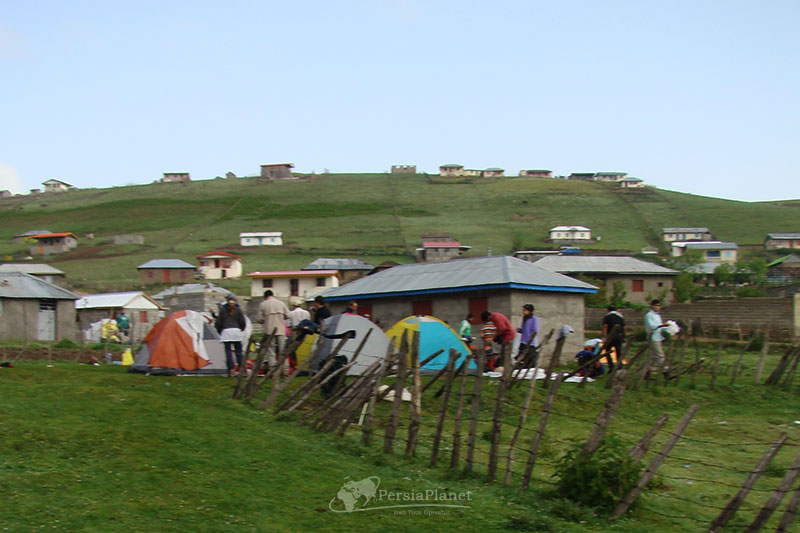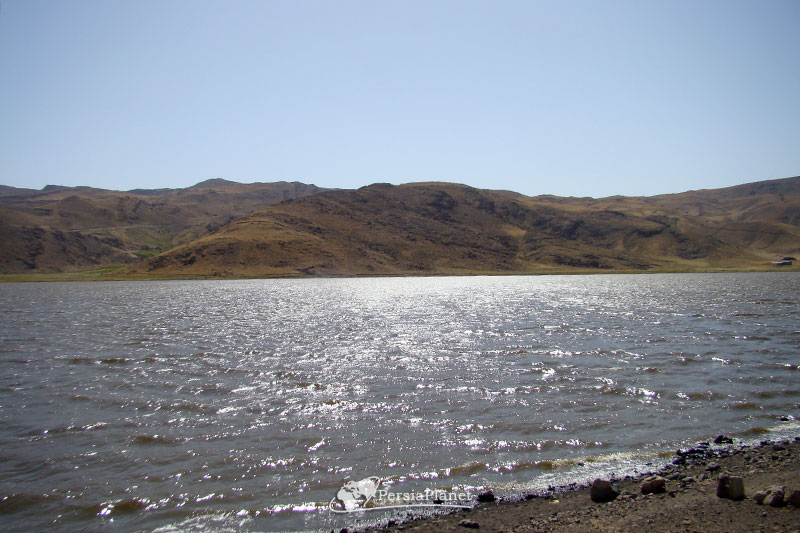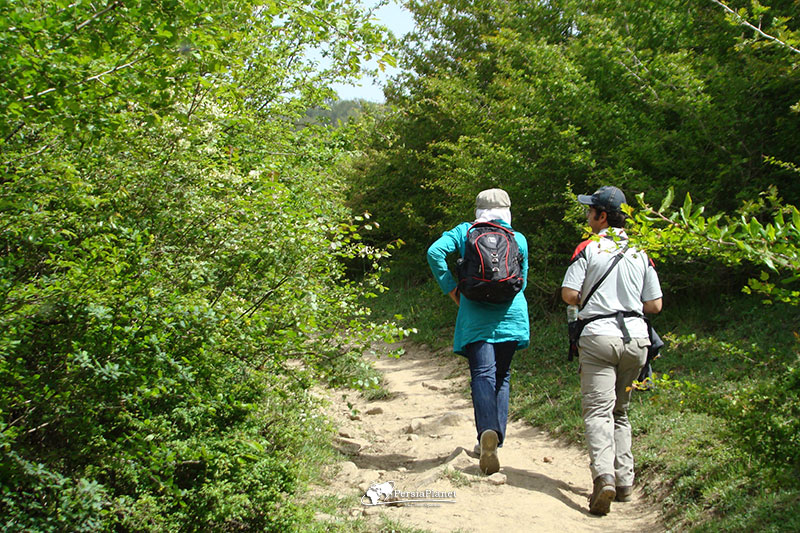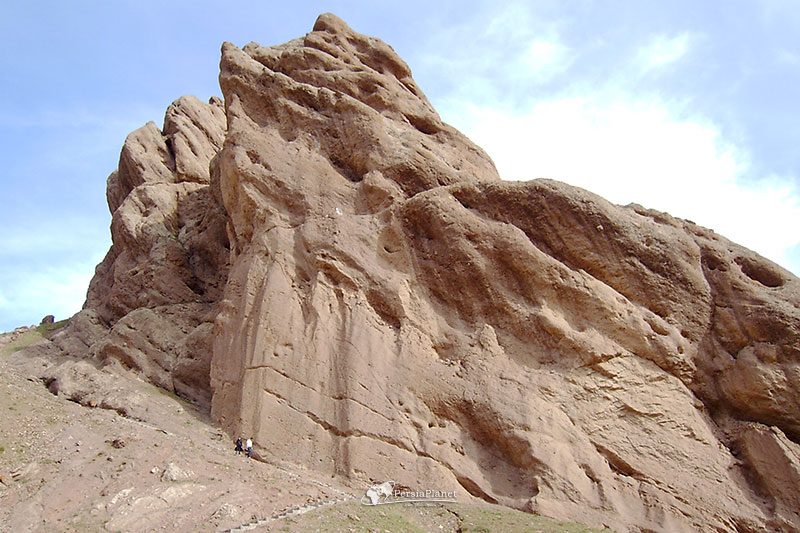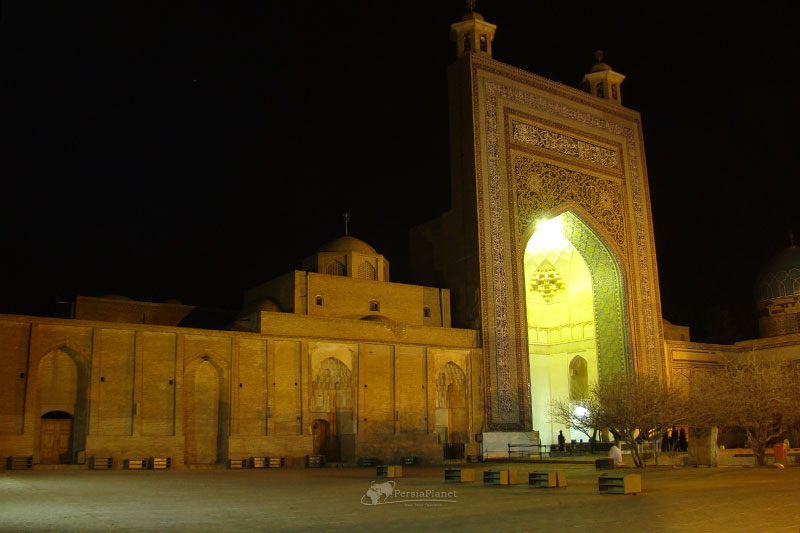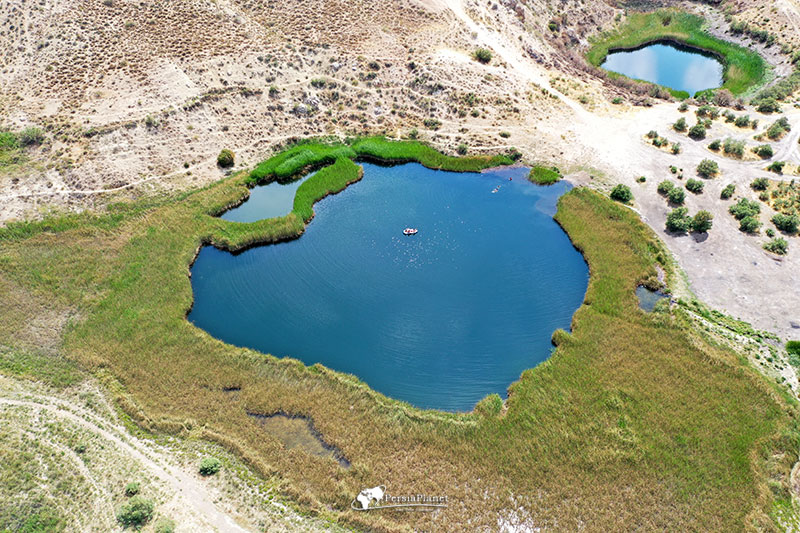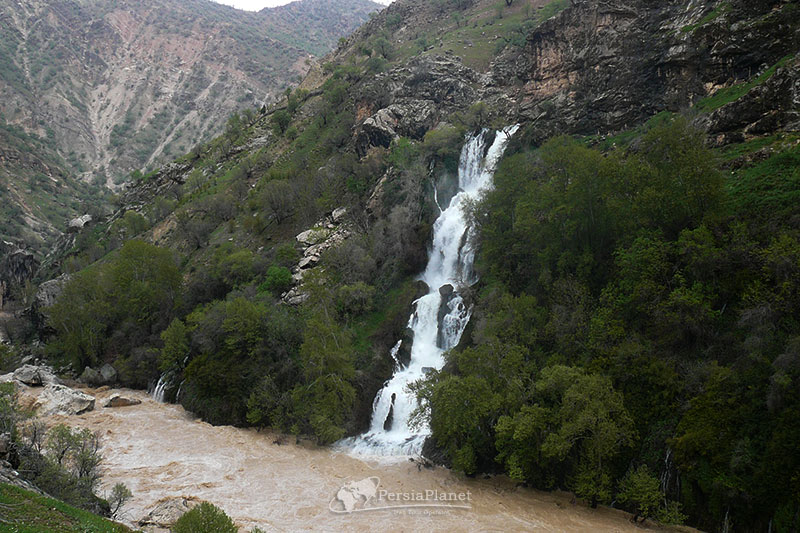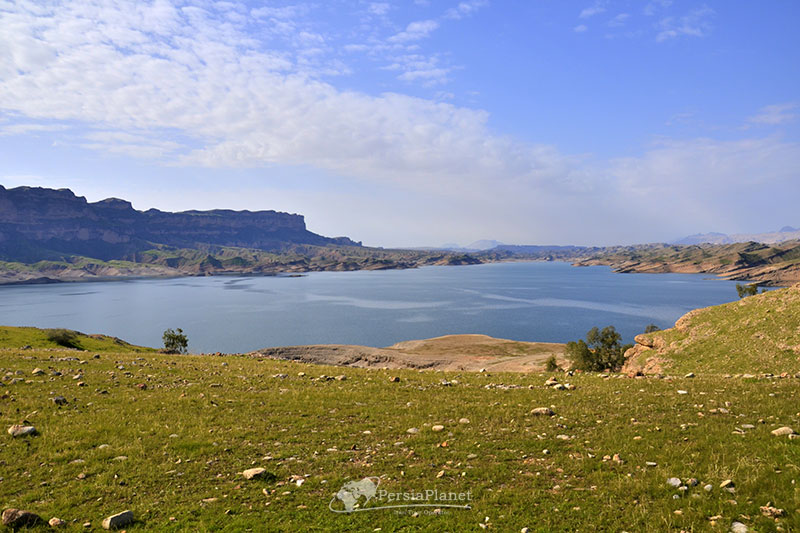Mehdi Gholami
October 7, 2020
Martian mountains are the result of natural erosion on the sedimentary bed of this region. The type of soil and the animal remains in them are a good indication of the fact that once upon a time, this whole region was the sea.
October 7, 2020
20 km east of Chabahar, there is a wetland that is famous for its pink color. Lipar Wetland, also known as Pink Wetland, is an artificial wetland built to collect surface water.
October 5, 2020
An important feature of Beris harbor is its long walls, which are amazingly flat and perpendicular to the sea.
October 4, 2020
The port of Govatr is near the borders of Pakistan and its inhabitants are fishermen. But in addition to fishing, due to the boom in tourism, they are also moving travelers through the Hara (mangrove) forests.
October 4, 2020
There are such caravanserais in Iran and in many provinces of central Iran, the most important of which is the Marnjab caravanserai, which is located in Isfahan province and on the edge of the beautiful Marnjab desert.
October 4, 2020
Rig-e Zarin, like other deserts, is composed of many long and short sands and shows beautiful landscapes. Here, too, it has special flora and fauna.
October 4, 2020
Kharanagh is one of the scenic villages of Yazd province, which is located at a distance of about 70 km from Yazd city.
October 4, 2020
These high places, which are known as the Dakhmeh (crypt) or tower of silence, exist in many parts of Yazd province.
October 4, 2020
Chak Chak or Chakchako is one of the important shrines of this religion in Iran, which is located in Yazd province and around the city of Ardakan.
October 4, 2020
Gandom Beryan is actually a vast plain covered with volcanic black rocks that absorbs sunlight and its temperature becomes very hot and unbearable in summer and even other seasons.
October 4, 2020
Klots are found in different parts of Iran. But the largest of them is located in Kerman province and around the city of Shahdad, and for this reason they are known as Shahdad Klots.
October 4, 2020
Rageh Valley, like many other valleys in Iran, has been created due to water erosion. There is a seasonal river in the depths of this valley, which over time has washed away the soil and rocks and its emergence.
October 4, 2020
Meymand village in Kerman province is one of the villages that has been created with the least materials and only by creating holes and rooms in the heart of stone.
October 4, 2020
Ayub is a volcanic cave that has expanded due to weather-induced erosion, so that it currently has the largest cave entrance in Iran.
October 3, 2020
The architecture of Oramanat is completely adapted to the mountains, and the houses in the villages of the region are built in a stepped manner due to the steep slope of the rocky slopes.
October 3, 2020
Shahre-chai Dam is one of these lakes which has become one of the important tourist destinations of the province due to its beauty and proximity to big cities such as Urmia.
- All
- Adventure
- Ancient Place
- Beach
- Bridge
- Canyon
- Caravansary
- Castle
- Cave
- City
- Dam
- Desert
- Events
- Forest
- Garden
- Geo-park
- Hara Forest
- Holy Place
- Hormoz
- Hot Spring
- Island
- Lake & Lagon
- Landscape
- Mountain
- Mud Volcano
- National Park
- News
- Nomads
- Old House
- Protected Area
- Qeshm
- River
- Road
- Salt Lake
- Spring
- Station
- Tourism Area
- Trekking
- UNESCO
- Valley
- Village
- Waterfall
- Wildlife
June 20, 2021
Subatan village (Taleshi: Sowton) is a tourist area in the northwest of Talesh city. This summer is covered with meadows and flowers.
June 17, 2021
Lake Neor is located near the Ardabil-Khalkhal road on the border of Gilan and Ardabil provinces.
May 20, 2021
Alimestan, which is considered as one of the sights of Amol and stands out as a green jewel of its unique nature.
May 19, 2021
Alamut Castle is one of the tourist attractions of Qazvin and one of the most important historical castles in Iran.
May 19, 2021
Shaykh al-Islam "Ahmad Ibn Abul Hassan Jami Namqi Tarshizi" known as Sheikh Ahmad Jam (born 440 - died 536 AH)
May 19, 2021
"Ahanak Lake" is one of the sights of Tehran province, which is located on the height of the southern heights of Simindasht village
May 12, 2021
Landi waterfall is one of the permanent and beautiful waterfalls of Chaharmahal and Bakhtiari province,
April 30, 2021
Dez is a river that originates from the middle Zagros mountain range (in the south of Lorestan province).

